

Engage prospects with a scan and streamline customer engagement with FREE QR code marketing tools by Sona – no strings attached!
Create a Free QR CodeFree consultation

No commitment

Engage prospects with a scan and streamline customer engagement with FREE QR code marketing tools by Sona – no strings attached!
Create a Free QR CodeFree consultation

No commitment
In today’s digitally driven world, QR codes have evolved from a novelty to a strategic powerhouse for bridging offline engagement with online action. For fire protection contracting services, QR codes offer a fast, intuitive, and highly measurable way to connect field activity with digital workflows. The result is fewer missed follow-ups, smoother compliance, and stronger visibility into client behavior, all without forcing anyone to download an app or navigate a complicated portal.
With regulations tightening and response expectations rising, contractors need instant, trackable communication at every job site. QR codes turn labels, tags, and documents into gateways for action: a client can scan a maintenance sticker to schedule service, an inspector can view a digital certificate, or a property manager can pull up as-built drawings on demand. This accelerates inspections, reduces paperwork, and creates a complete digital trail across every touchpoint.
By deploying QR codes strategically, fire protection firms can streamline compliance, surface high-intent leads, and convert on-site interest into measurable outcomes. The approach closes gaps between field teams and back-office systems, helps identify upsell and renewal opportunities, and gives leadership the analytics needed to optimize operations and demonstrate ROI.
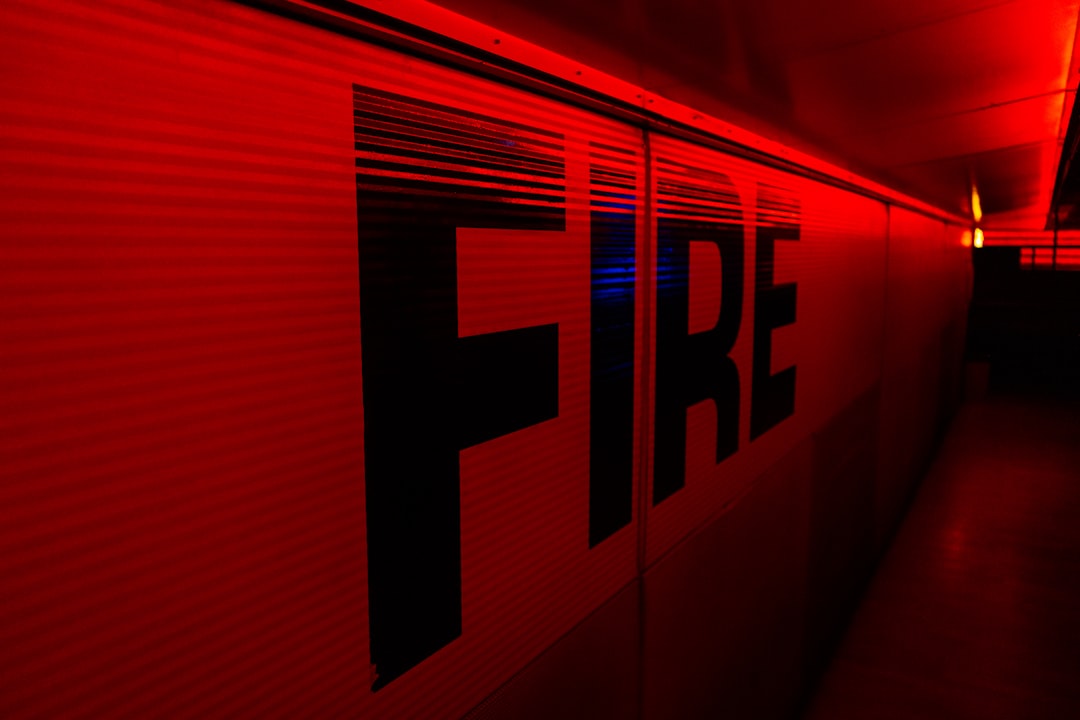
Fire protection contracting teams often struggle with scattered, incomplete, or outdated service records and compliance logs. Manual methods introduce blind spots that delay audits, bury renewal opportunities, and make it tough to track high-intent moments. QR codes provide a reliable bridge between physical service delivery and digital action, enabling rapid verification, scheduling, and engagement that plugs directly into your CRM or compliance software.
The key is to map your workflows and identify the points where data typically gets lost: after an inspection, during equipment commissioning, or when new documentation is issued. Replace paper checklists and static handouts with QR-triggered forms and resources. This not only speeds up data capture but also unlocks granular engagement insight so teams can follow up promptly and intelligently.
Modern centralized QR platforms, like Sona QR, simplify this rollout by generating unique codes per location or asset, automating data capture, and syncing activity with your CRM and compliance systems. The result is a unified engagement timeline for each account and improved personalization, leaving fewer gaps in your operational record.
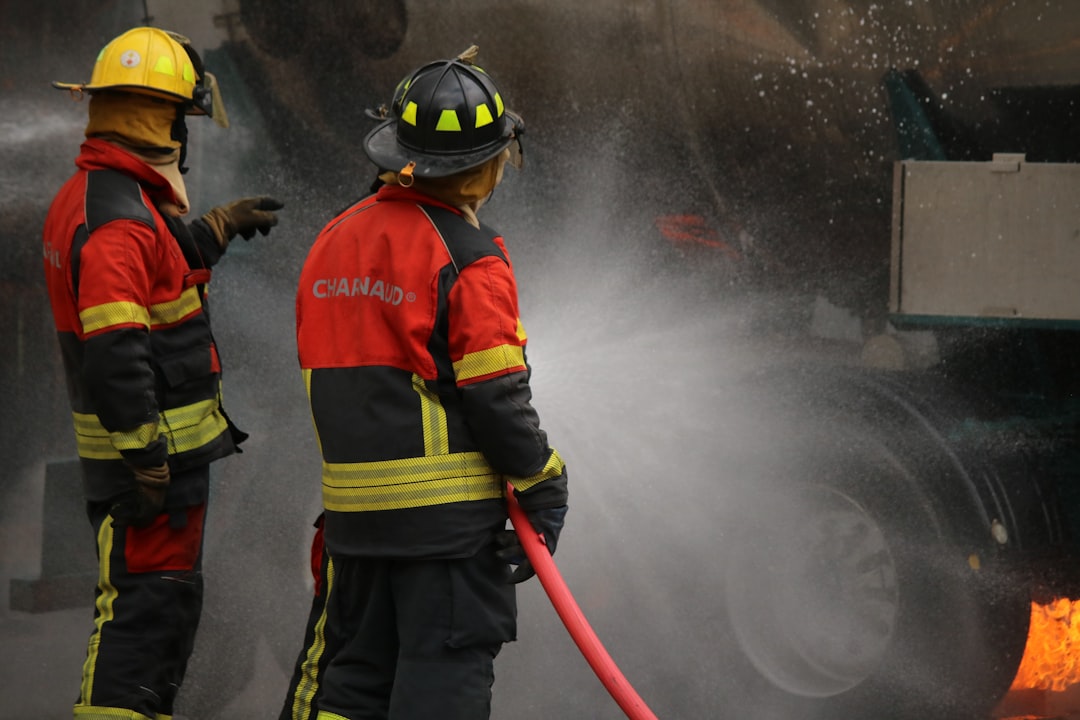
Fire protection contractors operate in high-stakes environments where documentation must be accurate and instantly accessible. Relying on manual processes makes critical data difficult to find and quick action difficult to take. Anonymous visitors can browse printed materials or scan a jobsite sign without leaving a trace, and that lost signal often translates into missed revenue and compliance risk.
QR codes create a direct path from physical materials to digital outcomes. They support audits with up-to-date documents, streamline booking for maintenance, and give leadership the ability to see which touchpoints drive demand. When used consistently across equipment, signage, invoices, and collateral, QR codes turn every interaction into a trackable step in the customer journey.
For example, adding QR codes to fire pump or alarm panel maintenance tags lets facility teams verify service history at any time. Each scan generates a data point you can act on, such as triggering renewal reminders or surfacing upgrade pathways tied to the asset’s age, usage, or risk profile.
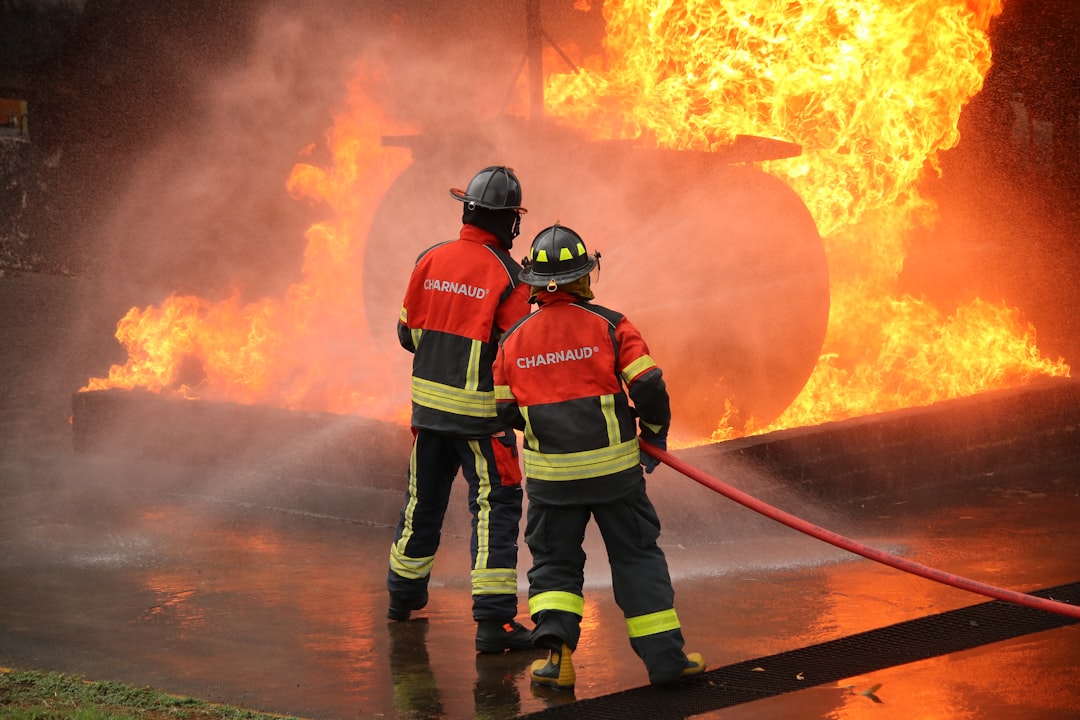
Choosing the right QR format ensures you deliver the action your users need at the moment they scan. Fire protection workflows are document heavy, process controlled, and time sensitive, which makes certain formats especially valuable: forms for data capture, PDFs for compliance, and web links for status pages and booking.
Dynamic QR codes are particularly useful in this vertical since regulations and documentation change frequently. With dynamic links, you can update a destination without replacing labels or signage, preserving continuity across assets while keeping information current.
With Sona QR, you can generate, manage, and update all of these formats in one place, then connect scan activity to your CRM, compliance platform, and analytics tools.
Growth in fire protection contracting is often limited by disconnected campaigns and blind spots in attribution. You may send invoices, leave inspection packets, or install labels, yet never know which materials drive action. QR codes close this loop by turning every physical touchpoint into a measurable digital pathway that informs sales and operations.
By embedding QR codes where your audience is already interacting with your brand, you can uncover patterns in service demand, identify retention risks early, and align outreach with real-world behavior. This is especially important for recurring revenue models, where insights into asset-level engagement predict future maintenance and upgrade needs.
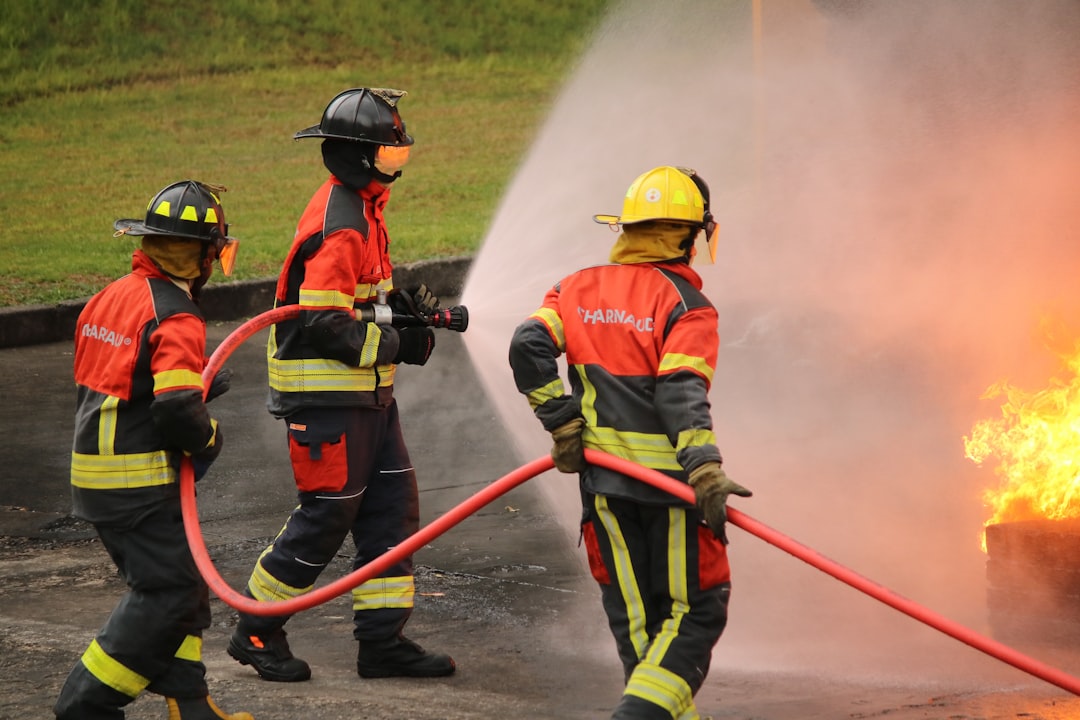
QR codes shine when they replace analog steps with instant, trackable actions. In fire protection, these use cases align directly with compliance, safety, and revenue continuity. Each case below pairs a typical placement with the outcome it enables, ensuring you can design deployments with measurable impact in mind.
When planning your rollout, prioritize scenarios that simplify the customer experience and reduce friction for field teams. Start with one or two high-value use cases, validate results, then scale across assets and sites once you have proven engagement and workflow efficiency.
Every scan is a signal of intent, context, and urgency. By deploying unique QR codes across assets and materials, you can automatically segment your audience and tailor follow-ups based on real behavior. For fire protection firms, the distinctions often include role type, site category, and lifecycle stage, such as facility manager vs. general contractor, high-risk facility vs. low-risk site, and pre-installation vs. renewal.
Feed these segments into your CRM and marketing systems so scan activity triggers timely reminders, quotes, and educational content. This approach replaces guesswork with precise, behavior-driven outreach that aligns with how customers actually interact with your brand.
QR codes act as a connective tissue across print, in-person, and digital engagement. They turn signage, labels, and documents into measurable, actionable pathways, while pushing data into your analytics and CRM tools. This connected funnel ensures your offline investments work in tandem with your online campaigns.
In fire protection, the most effective placements echo where customers already interact with your materials: jobsite signage, service reports, invoices, safety posters, and trade show booths. Each scan becomes a traceable moment that you can attribute to pipeline, revenue, or compliance outcomes.
With a centralized platform like Sona QR, you can manage codes across all channels, monitor engagement, and sync data to your CRM and ad platforms to automate next steps.
The most effective QR programs start small, measure outcomes, and scale with intent. Use this checklist to plan, launch, and optimize campaigns that connect field operations to digital results and revenue.
Define a concrete objective and the analog process you will replace or streamline. Common goals include faster inspection scheduling, easier documentation access, and improved quote acceptance.
Choose the format that matches your action, and select static or dynamic based on longevity and tracking needs.
Treat the QR code as a call-to-action with clear visual guidance, not as a decorative element.
Place codes where your audience is already engaged and the context supports the desired action.
Use data to understand what works and continuously improve.
Centralized QR management tools like Sona QR make it straightforward to update destinations, monitor performance, and integrate with marketing and service systems. This reduces manual oversight and ensures every QR-enabled asset contributes to measurable results.
Proving ROI across offline and field-heavy workflows requires visibility that traditional methods cannot provide. QR codes act as sensors in the real world, capturing who engaged, when they engaged, and what they did next. When you connect this data to quotes, service orders, and renewals, you can attribute revenue and optimize investments.
Tracking should combine code-level metrics with customer journey analytics. Knowing that a scan occurred is helpful, but the real power comes from understanding how scan engagement influenced a meeting booked, a service renewed, or an upgrade approved. That is where platforms like Sona QR and Sona.com help convert engagement into revenue intelligence.
When scan data is unified with web analytics, ad performance, and CRM activity, you can see the full journey from first touch to repeat business. This enables smarter forecasting and targeted retention strategies that reduce churn risk.
The most successful deployments blend user education, thoughtful design, and automation. Focus first on scannability and clarity, then expand into segmentation and retargeting. The goal is to make every scan instantly useful and every engagement automatically actionable.
Choose a small number of placements to optimize before rolling out widely. For fire protection, start with inspection stickers, service reports, and invoices because these touchpoints are frequent, familiar, and close to revenue.
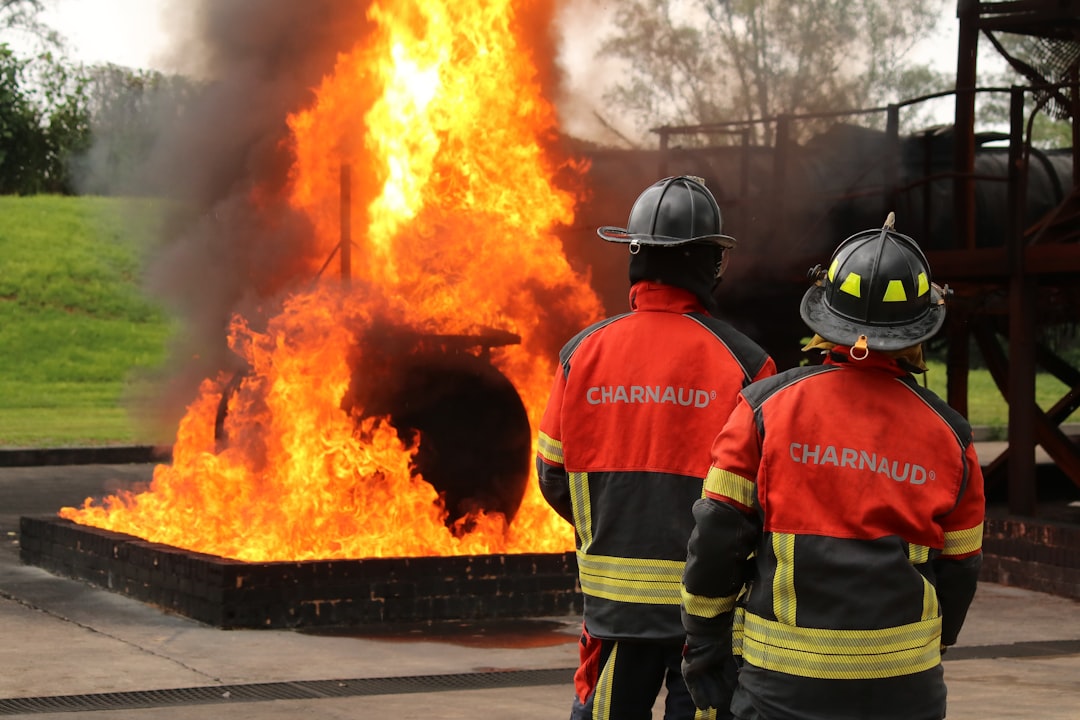
Real deployments demonstrate how QR codes improve transparency, cut administrative overhead, and lift response rates. The most effective programs pair clear CTAs with well-chosen destinations and integrate scan data with CRM for precise follow-up.
Consider using QR codes to crowdsource visual context from clients, such as site photos before a service call. This reduces repeat visits and surprises while improving scheduling accuracy and technician readiness.
QR codes are more than shortcuts; they are a comprehensive strategy to eliminate documentation bottlenecks, surface intent, and ensure every engagement is captured and acted upon. By embedding codes on equipment, inside reports, and across customer communications, contractors connect on-site activity to digital workflows that inform operations and drive growth.
QR codes give fire protection contracting firms a scalable way to turn every physical surface into a digital entry point and every moment of interest into a measurable action. When thoughtfully deployed, they reduce friction for clients and field teams, simplify compliance, and provide the analytics required to guide investment and prove impact.
Here is what they deliver when integrated across your operation:
With Sona QR, you can generate, track, and optimize your QR codes quickly. Pair it with Sona.com to connect scans to pipeline and revenue using identity resolution and multi-touch attribution. Start creating QR codes for free: Start creating QR codes for free.
QR codes have revolutionized fire protection contracting services by transforming how professionals manage client access to critical information and service documentation. From streamlining safety inspections to providing instant access to compliance records, QR codes enable faster, more efficient communication that enhances client trust and operational transparency. Imagine instantly sharing up-to-date fire safety reports or emergency protocols with clients and inspectors through a simple scan—saving time and reducing errors.
With Sona QR, you can create dynamic, trackable QR codes tailored for your fire protection business, allowing real-time updates without the need to reprint materials. This means every scan connects directly to valuable data, helping you monitor engagement, improve service delivery, and ultimately grow your client base through superior customer experiences. Start for free with Sona QR today and turn every scan into a seamless step toward safer, smarter fire protection solutions.
The best strategies include using QR codes to connect offline materials with digital workflows, embedding codes on equipment labels, inspection packets, invoices, and signage, integrating scan data with CRM systems, and deploying targeted retargeting campaigns based on user engagement.
QR codes can streamline compliance, enable instant access to maintenance scheduling, digital certificates, and documentation, improve data capture and client engagement, track service demand, and integrate with CRM and compliance systems to optimize operations.
Top methods include placing QR codes on print collateral, invoices, jobsite signage, and direct mail to drive traffic to service booking forms and educational content, capturing leads at events with QR-enabled materials, and using analytics from scans to tailor follow-ups and campaigns.
They can optimize by using dynamic QR codes for up-to-date content, tracking scan engagement across channels, integrating scan data with CRM platforms for automated follow-ups, segmenting audiences by role and asset, and continuously testing and refining QR code placement and calls-to-action.
Effective ways include assigning unique QR codes per asset to track service history and upgrade opportunities, automating renewal reminders triggered by scans, educating clients and staff on QR code benefits, and using scan data to personalize outreach and reduce churn risk.
Use Sona QR's trackable codes to improve customer acquisition and engagement today.
Create Your FREE Trackable QR Code in SecondsJoin results-focused teams combining Sona Platform automation with advanced Google Ads strategies to scale lead generation

Connect your existing CRM

Free Account Enrichment

No setup fees
No commitment required

Free consultation

Get a custom Google Ads roadmap for your business






Launch campaigns that generate qualified leads in 30 days or less.
